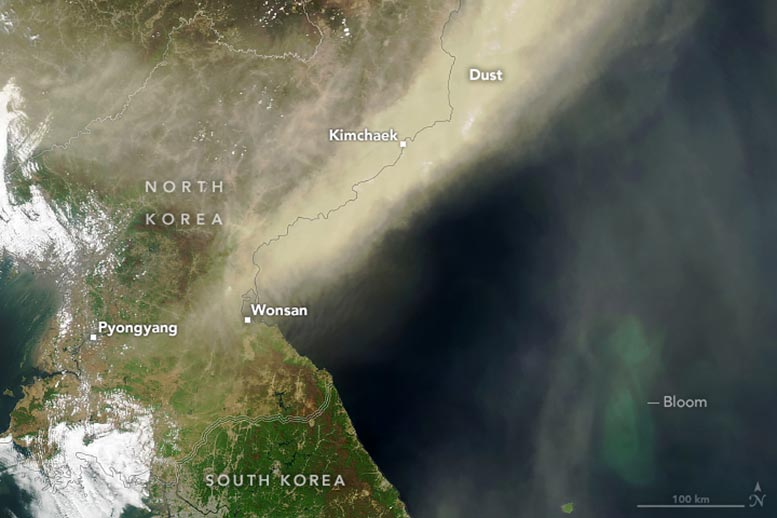
Satellite image of a wall of dust moving across the Korean Peninsula. Captured on April 25, 2024, by the Moderate Resolution Imaging Spectroradiometer sensor on NASA’s Aqua satellite.
Every spring, satellites observe massive plumes of dust streaming from the Gobi Desert over East Asia. These thick dust storms negatively affect millions by worsening air quality and increasing health risks.
In East Asia, the arrival of spring means warming temperatures, greening vegetation, and blooming flowers. But March and April also bring another guest: vast plumes of dust that stream east from the Gobi and Taklamakan deserts and across parts of eastern China, the Korean Peninsula, and southern Japan.
Satellite Observations of Dust Movement
The MODIS (Moderate Resolution Imaging Spectroradiometer) sensor on NASA’s Aqua satellite captured this image of a wall of dust moving across the Korean Peninsula on April 25, 2024. Images collected on April 24 from South Korea’s GEO-KOMPSAT-2A satellite and from NASA’s Terra and Aqua satellites show the source of much of the dust to be the Gobi Desert of Inner Mongolia. A phytoplankton bloom, partially obscured by dust, is also visible east of the Korean Peninsula.
Dust Impact on Air Quality and Health
Winds sometimes loft the region’s dust high in the atmosphere, at times above the clouds, allowing dust particles to cross the Pacific Ocean and settle over North America. Other times, the lofted particles stay close to the surface and degrade air quality for millions of people in East Asia, one of the most densely populated regions in the world.
Breathing significant amounts of dust can exacerbate cardiovascular and respiratory disease. One team of NASA scientists based at NASA’s Goddard Space Flight Center has estimated that exposure to high levels of fine particulate matter (PM2.5) contributes to nearly 3 million premature deaths per year globally, with about a fifth of those deaths linked specifically to dust.
Changes in Dust Activity
NASA researchers have picked up on some changes in dust activity in the Gobi and Taklamakan deserts. A past analysis of nearly two decades of data from the Terra and Aqua satellites found that this was the only region in the world where levels of atmospheric dust have declined since the start of the study period in 2003.
The reasons for this decline are unclear, but it is likely related to the weakening of surface winds since 2001, according to one analysis. Other research has emphasized land management and greening of the landscape as being important factors.
NASA Earth Observatory image by Michala Garrison, using MODIS data from NASA EOSDIS LANCE and GIBS/Worldview.


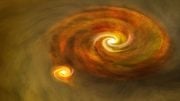
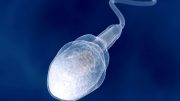

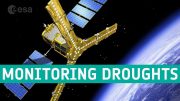

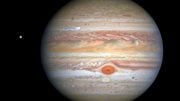
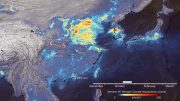
Be the first to comment on "NASA Satellite Captures a Monumental Dust Wall Over the Korean Peninsula"